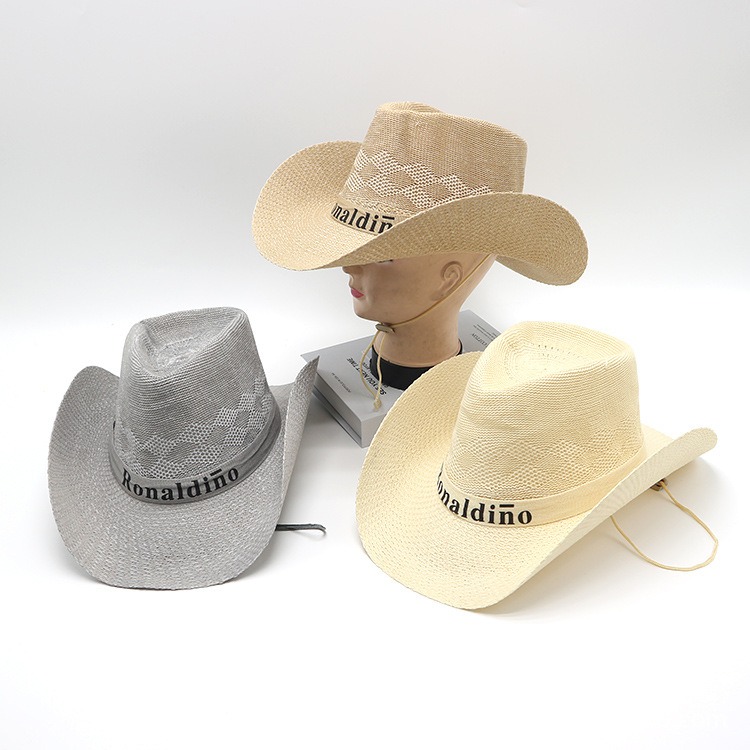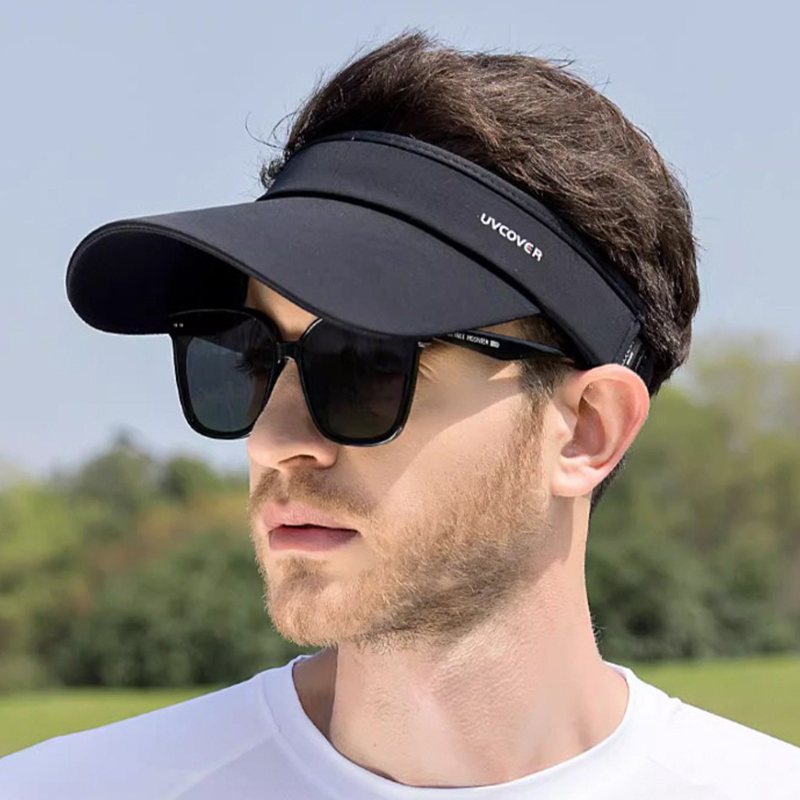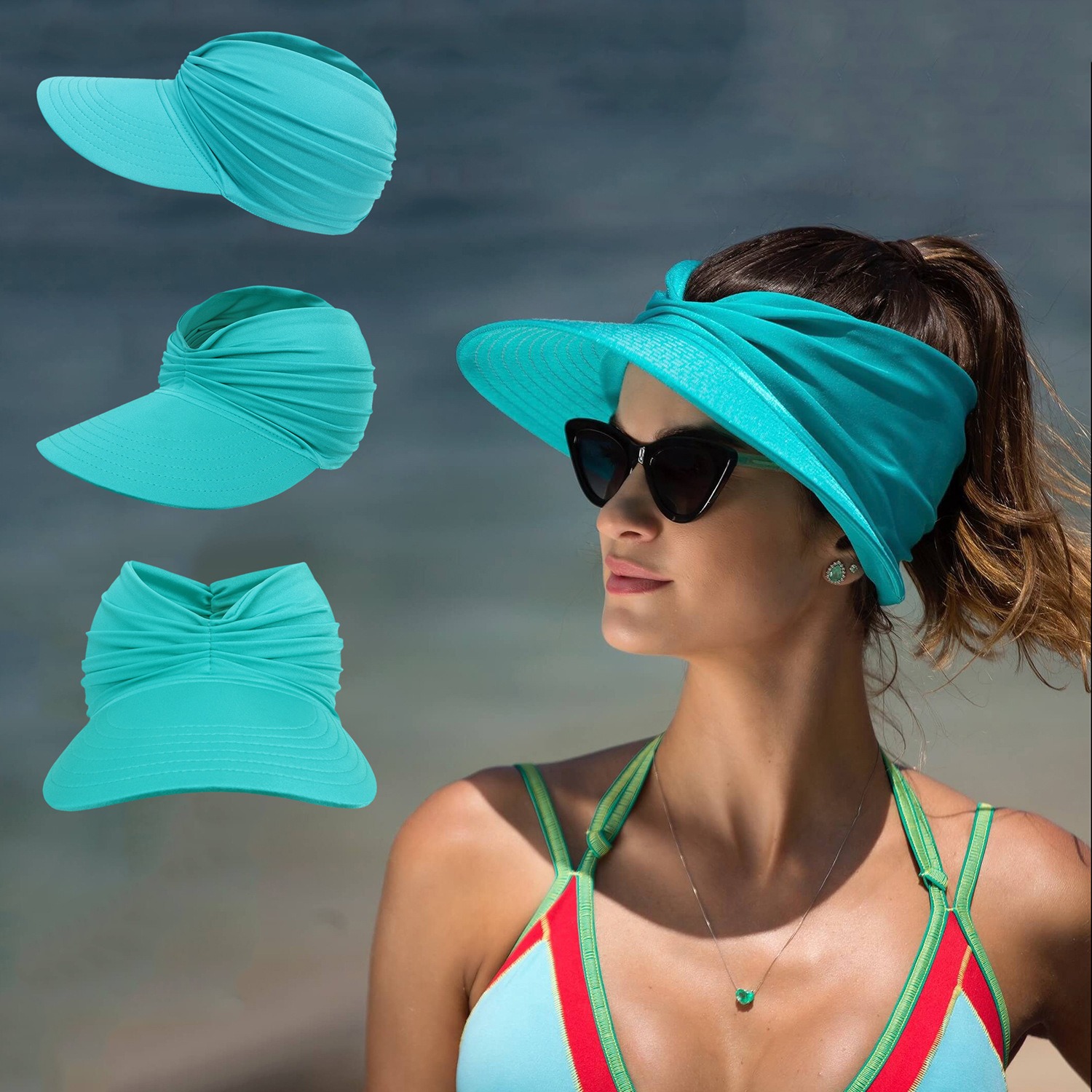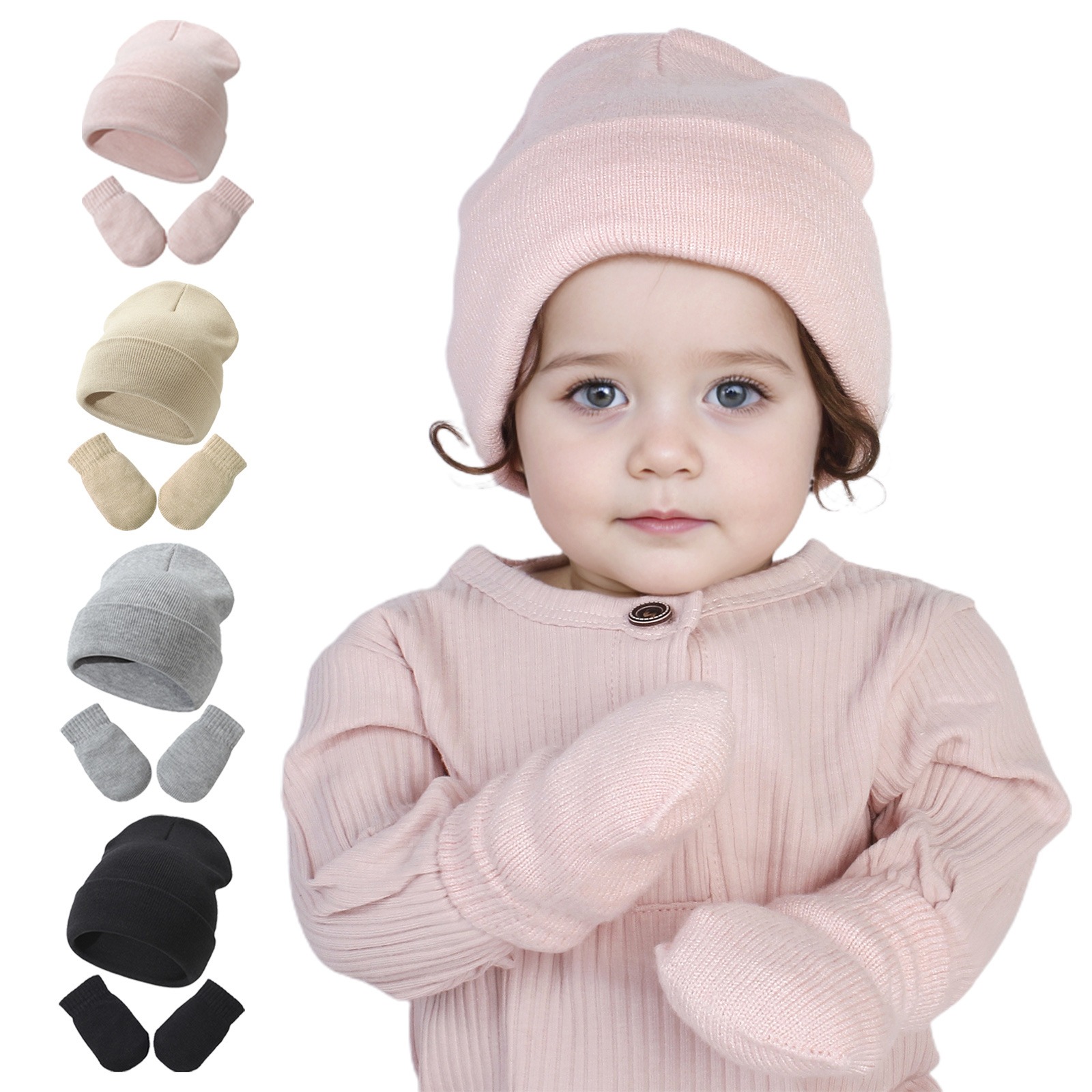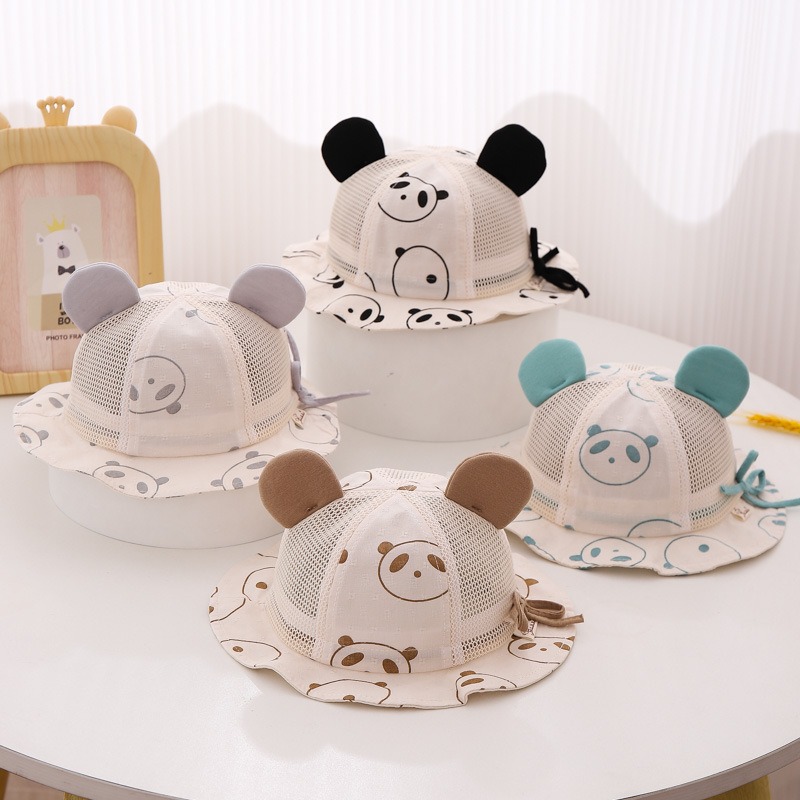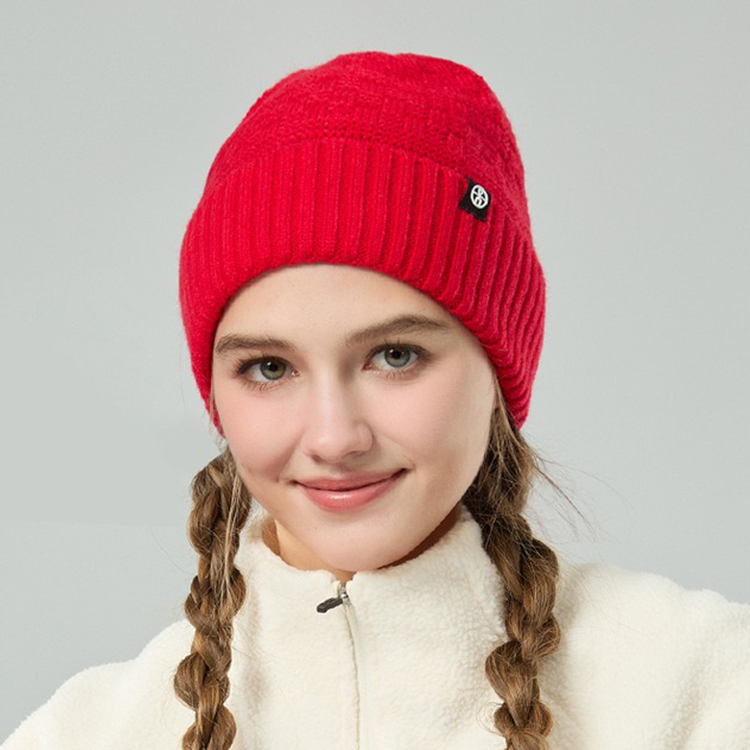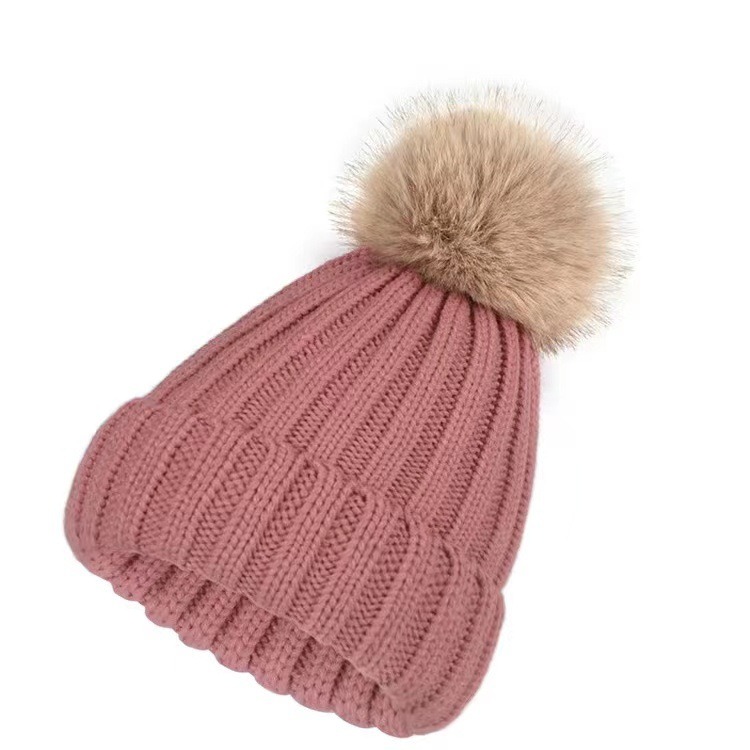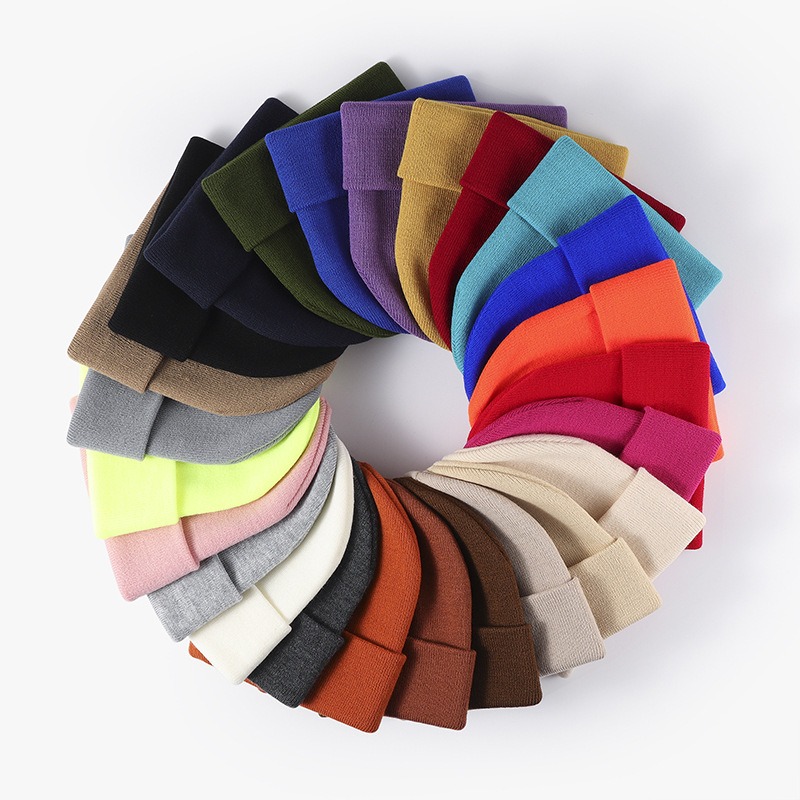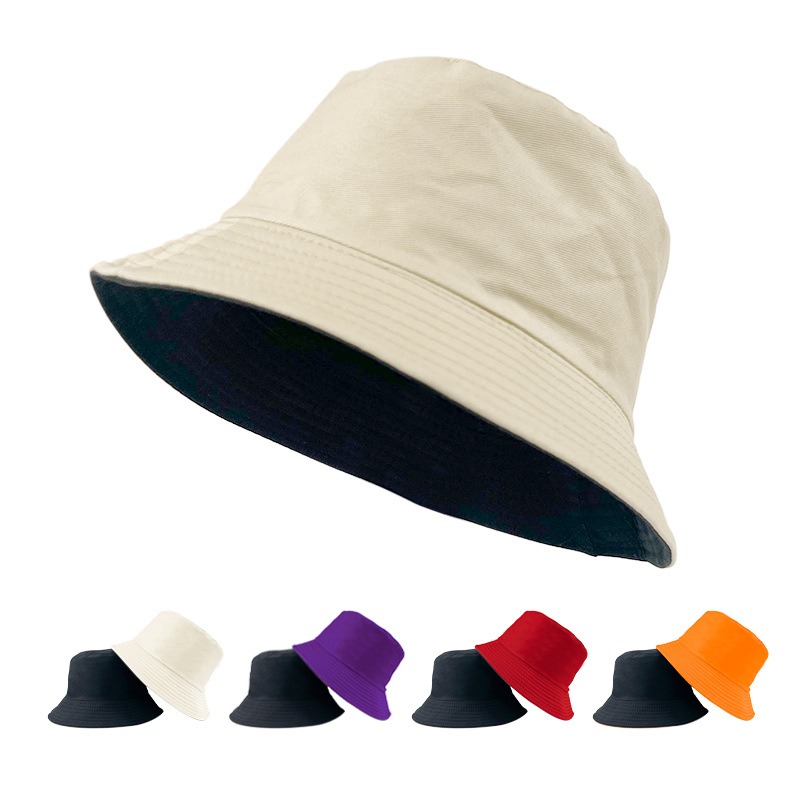Flat embroidered hats and 3D embroidered hats are both applications of embroidery techniques on hats, but there are significant differences between them in terms of craftsmanship, visual effects, and application scenarios.
Craftsmanship
Flat Embroidered Hats: Flat embroidery is a traditional embroidery technique that involves stitching patterns directly onto the fabric surface. The arrangement and interweaving of threads are the main methods. Flat embroidery features delicate and smooth stitches, with patterns characterized by smooth lines and rich colors.
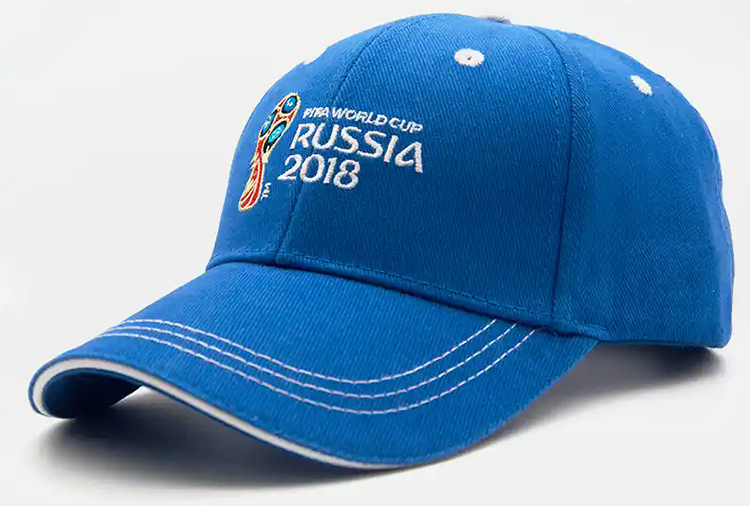
3D Embroidered Hats: 3D embroidery builds on flat embroidery by raising the fabric and filling it with EVA glue or other materials to create a three-dimensional effect. The craftsmanship of 3D embroidery is more complex, requiring higher manual skills and precise stitching techniques.
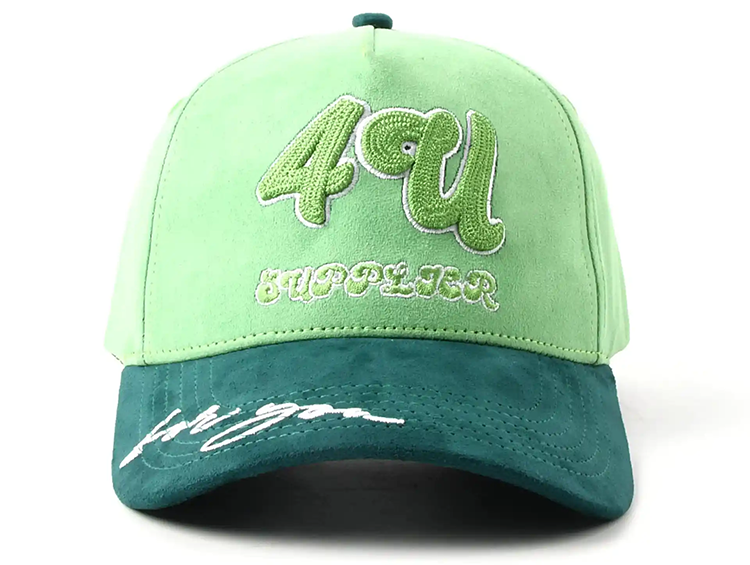
Visual Effects
Flat Embroidered Hats: Flat embroidery patterns are typically smooth and are well-suited for depicting delicate lines and rich color layers. They are ideal for natural themes such as flowers and animals, with patterns that are soft and layered.
3D Embroidered Hats: 3D embroidery adds thickness and a sense of depth to the patterns through the use of filling materials, making the patterns more lifelike and vivid. It not only enhances the visual impact of the patterns but also highlights the depth and luster of the colors.
Application Scenarios
Flat Embroidered Hats: Due to its relatively simple craftsmanship, flat embroidered hats are suitable for mass production and are widely used in everyday clothing and home decoration. They appeal to consumers who prefer a simple and elegant style.
3D Embroidered Hats: Given their complex craftsmanship and strong visual effects, 3D embroidered hats are usually applied to high-end fashion accessories, handicrafts, or special occasions. They are perfect for consumers who seek unique and luxurious styles.
In summary, both flat embroidered hats and 3D embroidered hats have their own unique features. Flat embroidered hats are popular for their simple, delicate patterns and relatively lower production costs, while 3D embroidered hats are favored for their strong sense of depth and outstanding visual effects. The choice between the two depends on personal aesthetic preferences and the intended


